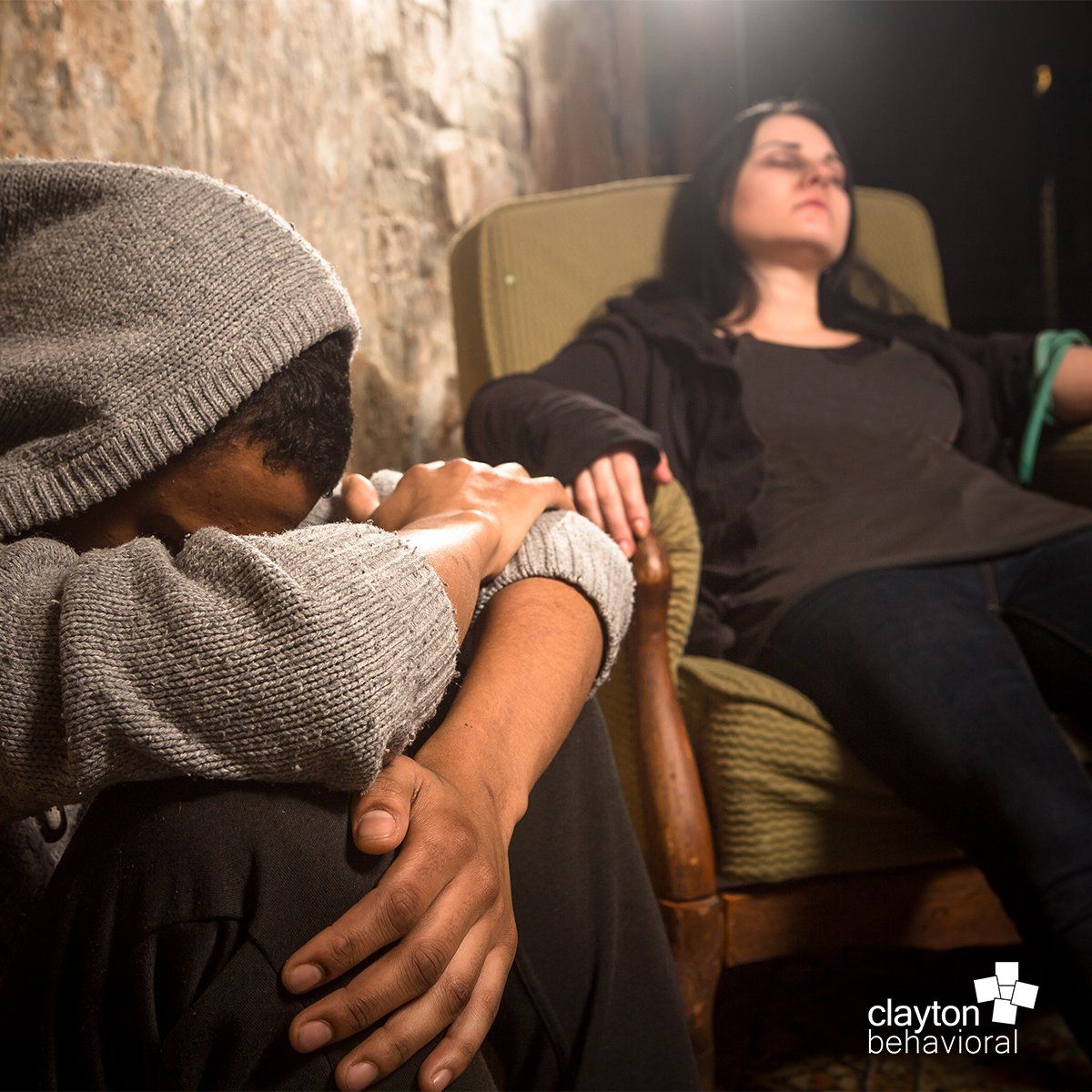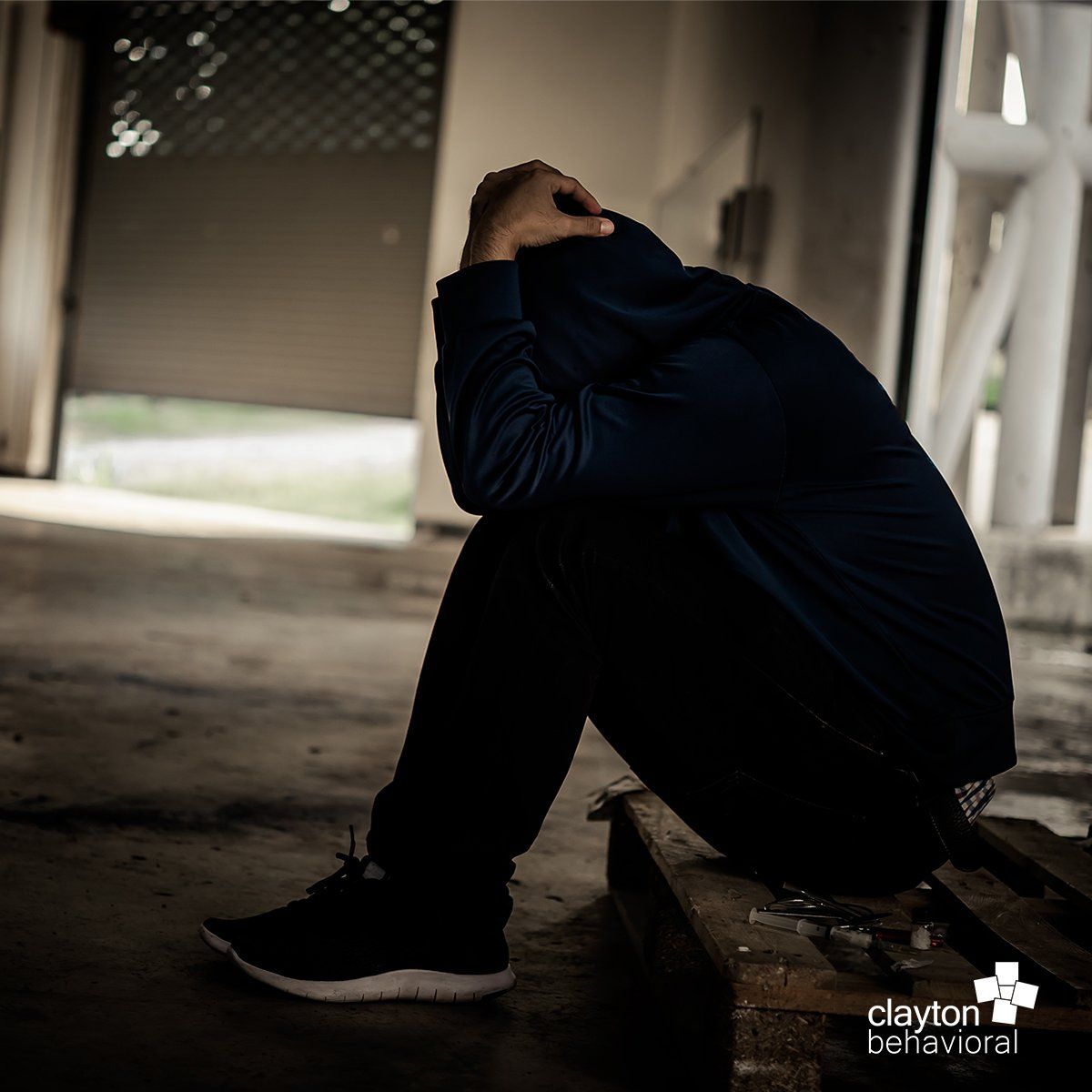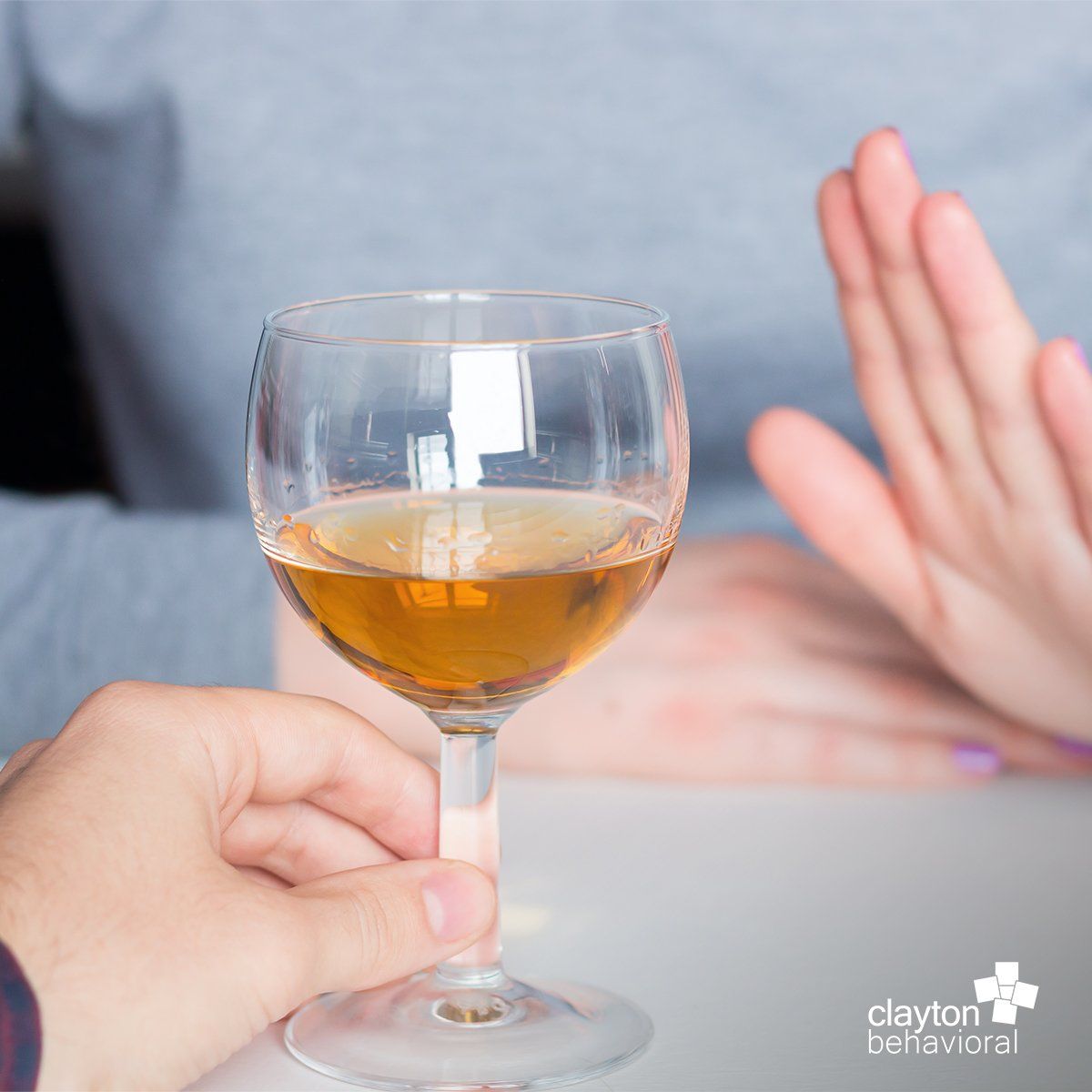How To Distinguish Recreational Substance Use From Addiction

For some, spending time with friends and family may include recreational alcohol or drug use. While recreational substance use comes with its own risks, it is clinically different from addiction, a disorder marked by persistent use despite negative consequences. When persons with addiction experience negative consequences, they often make short-term attempts to quit using substances. During these quit attempts, physical craving and mental obsession often wear away their resolve to remain abstinent. They begin to minimize the consequences and risks of use, and unless they have strategies to manage their cravings, they often relapse. Once a craving hijack's the brain of a persons with addiction they can think of little else besides using alcohol or drugs.
Learning about the science of addiction can help you understand if you or a loved one are experiencing a craving. Scientific research makes clear the distinction between a “want” to use substances, often in a social setting, and an addictive craving which results from chronic substance use.
Wanting Drugs vs. Drug Cravings
Ingesting alcohol or drugs activates the brain’s pleasure centers, causing it to release excessive amounts of the neurotransmitter dopamine. Dopamine release also correlates with other positive experiences that happen organically, like enjoying a meal, going shopping or having a short burst of excitement. However, drugs and alcohol overstimulate dopamine production, and over time the brain responds by producing less and less of it.
According to an article titled “How addiction hijacks the brain”from Harvard Health Publishing, “Addictive drugs, for example, can release two to 10 times the amount of dopamine that natural rewards do, and they do it more quickly and more reliably.” This is why “tolerance” occurs and a person suffering from addiction needs more of a substance to achieve the same effect.
Failing to satisfy a craving can often lead to mental obsession or physical withdrawal symptoms. Some symptoms of withdrawal are quite subtle such as anxiety, irritability, and depression. Other types of withdrawal can be more severe and include flu-like symptoms of nausea, vomiting, and muscle spasms. Responding to a craving with substance use relieves the negative symptoms of withdrawal and craving but continues the dangerous cycle of addiction, causing the persons with addiction a great deal of suffering and isolation as well as problems at home, in relationships, with health and on the job.
This cycle can be interrupted by timely medical and mental health care. Effective treatment
includes medical detoxification (if necessary) followed by individual, group, and family therapy to support patients in readjusting to life without substances, coping effectively with the stresses and challenges of their lives, and actively preventing relapse to substance use.
How We Can Help
Clayton Behavioral provides intensive outpatient addiction programs ranging from six weeks to six months. We also offer safe medical detoxification, psychiatric assessment and treatment, psychotherapy for anxiety, depression, and other co-occurring mental health problems and continued care and support groups to help patients maintain sobriety.
If you think you or someone you know may be affected by alcoholism or drug addiction, please contact us for a confidential individual or family consultation at 314-222-5830. You can also visit our websiteor send us an emailfor more information.

Contact Us
9890 Clayton Rd, Suite 100
St. Louis, MO 63124
Annex
9904 Clayton Road, Suite 135
St. Louis, MO 63124








